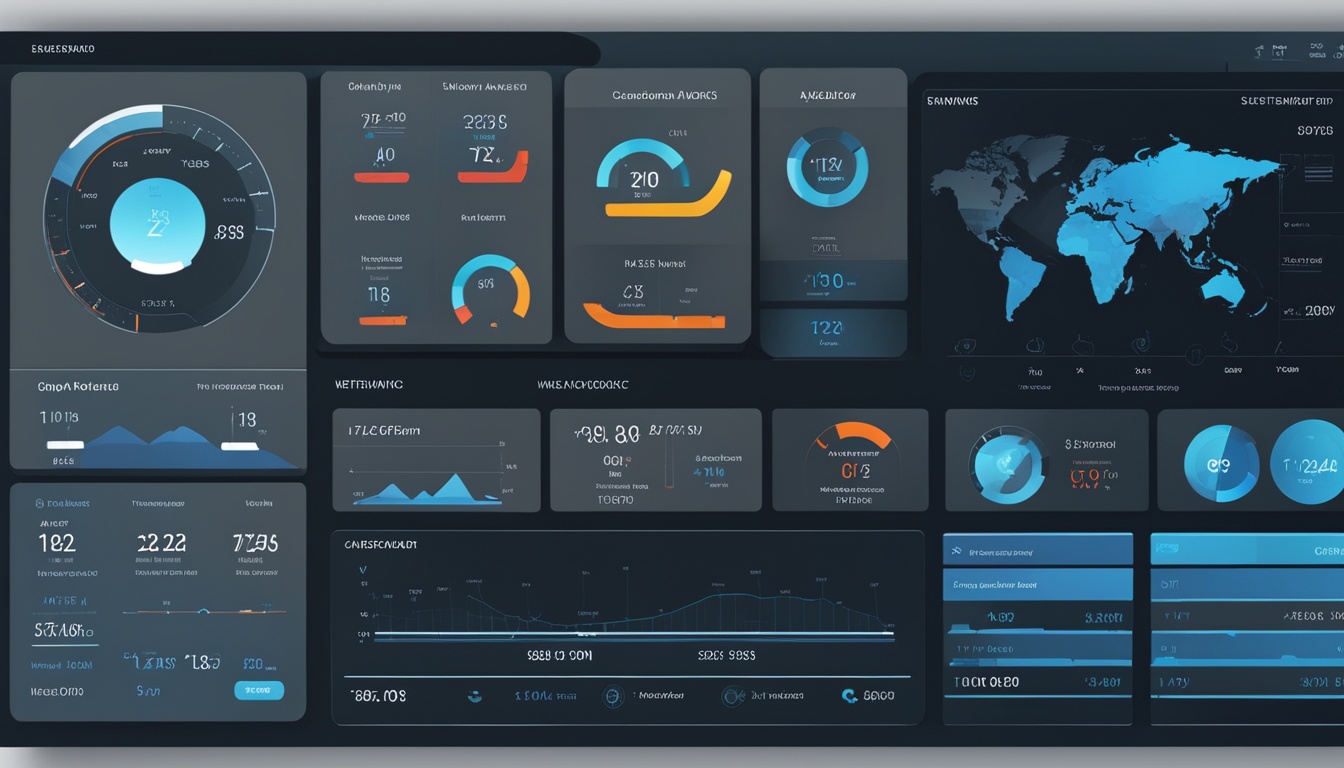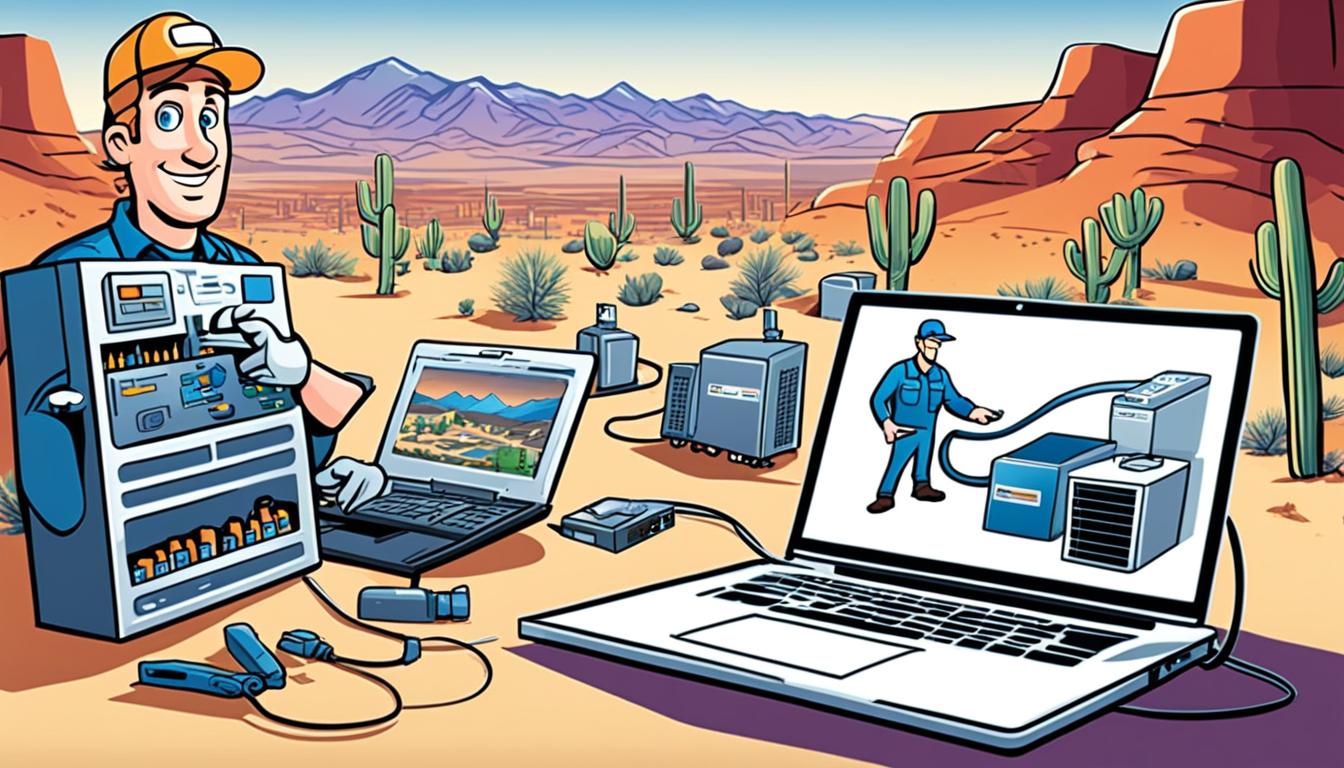Imagine you’re working on repairing an air conditioning unit on a sweltering summer day. You’re diligently checking every component, ensuring that everything is functioning smoothly. But then, suddenly, you catch a faint whiff of something unusual – the telltale scent of refrigerant gas leaking.
Your heart sinks as you realize the impact this small leak could have on the unit’s performance and the environment. How can you quickly and accurately detect the source of the leak to prevent further damage and ensure optimal efficiency?
That’s where the sensitivity threshold of a quality electronic leak detector comes into play. It’s like having a reliable partner by your side, guiding you to precisely pinpoint the smallest leaks in refrigerant gases.
- A quality electronic leak detector with a low sensitivity threshold is essential for accurately and efficiently identifying refrigerant gas leaks.
- The LD 5000 PROWLER refrigerant gas leak detector by JB Industries Inc. is an advanced device that offers unparalleled accuracy using proprietary JBI Electrochemical sensor technology.
- The sensor is designed to be durable and has a lifespan of over ten years, ensuring long-term reliability.
- The LD 5000 features adjustable sensitivity levels and a large LCD screen with a bar graph to indicate leak intensity, making the detection process precise and easy to follow.
- By using a leak detector with a high sensitivity threshold, technicians can quickly identify and repair leaks, minimizing energy loss and reducing environmental impact.
How do leak detectors work?
https://www.youtube.com/watch?v=B83BSv4TUIw
Leak detectors are essential gas detection equipment used to identify and locate refrigerant gas leaks. These detectors employ various leak detection methods, each relying on different principles to detect leaks accurately and efficiently.
One common type of leak detector is the halogen leak detector, which utilizes a halogen diode or infrared principle. This technology allows the detector to detect the presence of refrigerant gases by sensing the halogen elements contained within them.
Another type of leak detector is equipped with a mass spectrometer, a device that analyzes the mass and concentration of gases. By comparing the detected mass with known gas compositions, these detectors can identify leaks accurately.
There are also other leak detection methods available, including pressure rise tests, pressure drop tests, bubble immersion tests, and foam-spray tests. These methods provide alternative approaches to detecting leaks and can be suitable for different applications and scenarios.
For a visual representation of leak detection methods, refer to the table below:
| Leak Detection Method | Principle |
|---|---|
| Halogen leak detector | Halogen diode or infrared sensing |
| Mass spectrometer | Mass and concentration analysis |
| Pressure rise test | Monitoring pressure changes |
| Pressure drop test | Monitoring pressure reductions |
| Bubble immersion test | Visual observation of gas bubbles |
| Foam-spray test | Formation of visible foam on leaking areas |
Understanding how leak detectors work and the different leak detection methods available is crucial for selecting the most suitable equipment for specific situations. By utilizing the right leak detection technology, professionals in the refrigeration industry can identify and address leaks promptly, ensuring the safety and efficiency of their systems.
Importance of sensitivity threshold in leak detection

The sensitivity threshold of a leak detector plays a crucial role in ensuring accurate and efficient leak detection. This threshold refers to the minimum concentration of a gas that the detector can detect. A low sensitivity threshold enables the detector to identify even small leaks, resulting in accurate and reliable detection.
When it comes to industries such as HVAC and refrigeration, precise leak detection is paramount. Even minor leaks can lead to significant energy loss, increased operating costs, and potential harm to the environment. With a leak detector that has a high sensitivity threshold, technicians can quickly identify and repair leaks, minimizing the risk of further damage while reducing energy consumption.
By utilizing a leak detector with a sensitivity threshold tailored to their specific needs, AC repair contractors can achieve optimal leak detection performance. These detectors ensure that no leaks go undetected, promoting energy efficiency and cost savings for both the contractor and their clients.
Benefits of Using a Leak Detector with a High Sensitivity Threshold:
- Accurate leak detection: A high sensitivity threshold enables the detector to identify even the smallest leaks, ensuring precise detection and accurate repair.
- Efficient leak repair: With accurate leak detection, technicians can promptly address and repair leaks, minimizing the potential for further damage and reducing energy consumption.
- Cost savings: By identifying and repairing leaks quickly, contractors can help their clients avoid unnecessary expenses associated with energy loss and inefficient system performance.
- Environmental impact: Detecting and repairing leaks promptly reduces the release of refrigerant gases, which contribute to global warming and harm the environment.
When selecting a leak detector, contractors should consider the sensitivity threshold as a critical factor. Investing in a detector with a high sensitivity threshold ensures accurate and efficient leak detection, benefiting both the contractor and their clients in terms of energy savings, cost effectiveness, and environmental sustainability.
Tips for using leak detectors effectively
To ensure optimal leak detection and proper use of leak detectors, it is essential to follow the manufacturer’s instructions and guidelines. Here are some valuable tips to help you effectively use leak detectors:
1. Familiarize Yourself with the User Manual: Before using a leak detector, thoroughly read and understand the user manual provided by the manufacturer. This will help you understand the specific features and functionalities of the device, as well as any safety precautions.
2. Calibrate the Detector: Regular calibration is crucial for maintaining accurate and reliable leak detection. Follow the recommended calibration process outlined in the user manual to ensure the proper functioning of the detector. Calibration helps adjust the sensitivity to detect leaks effectively.
3. Choose the Correct Sensitivity Level: Adjust the sensitivity level of the leak detector according to the specific application and the size of the leaks you are trying to detect. Using the correct sensitivity level will help you identify leaks efficiently without detecting false positives or missing any potential leaks.
4. Conduct Methodical Scanning: When scanning for leaks, it’s important to move the detector slowly and methodically across the area being inspected. This will ensure adequate coverage and increase the chances of identifying any leaks that may be present. Pay attention to areas prone to leaks, such as pipe joints, valves, and connections.
5. Regular Maintenance and Testing: To maximize the lifespan and effectiveness of your leak detector, perform regular maintenance and testing as recommended by the manufacturer. This may include cleaning the sensor, replacing batteries, or conducting performance tests. Proper maintenance will help keep your detector in optimal condition and ensure accurate leak detection.
By following these tips and guidelines, you can enhance the performance of your leak detector, improve the accuracy of your leak detection, and minimize potential energy losses and environmental impacts caused by leaks. Incorporate these best practices into your leak detection routine to effectively identify and address any leaks in your HVAC or refrigeration systems.





0 Comments